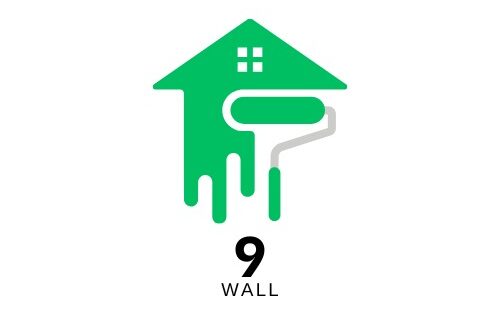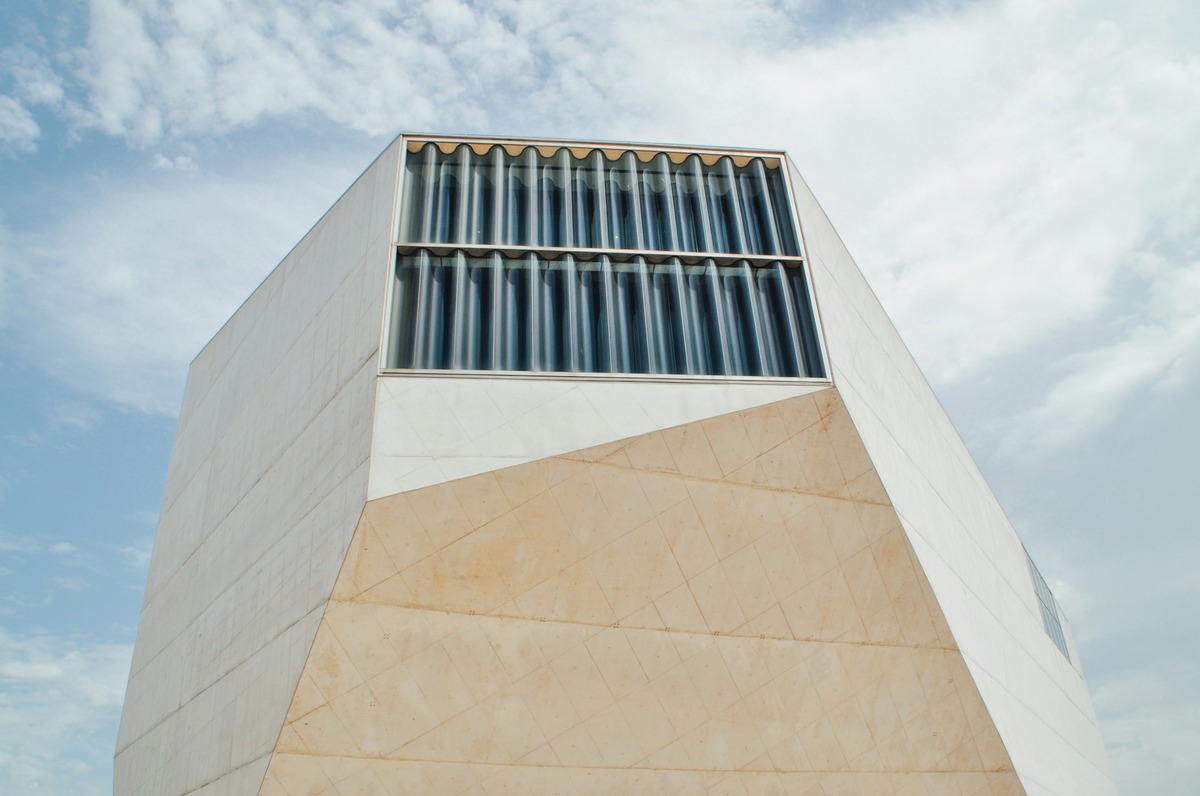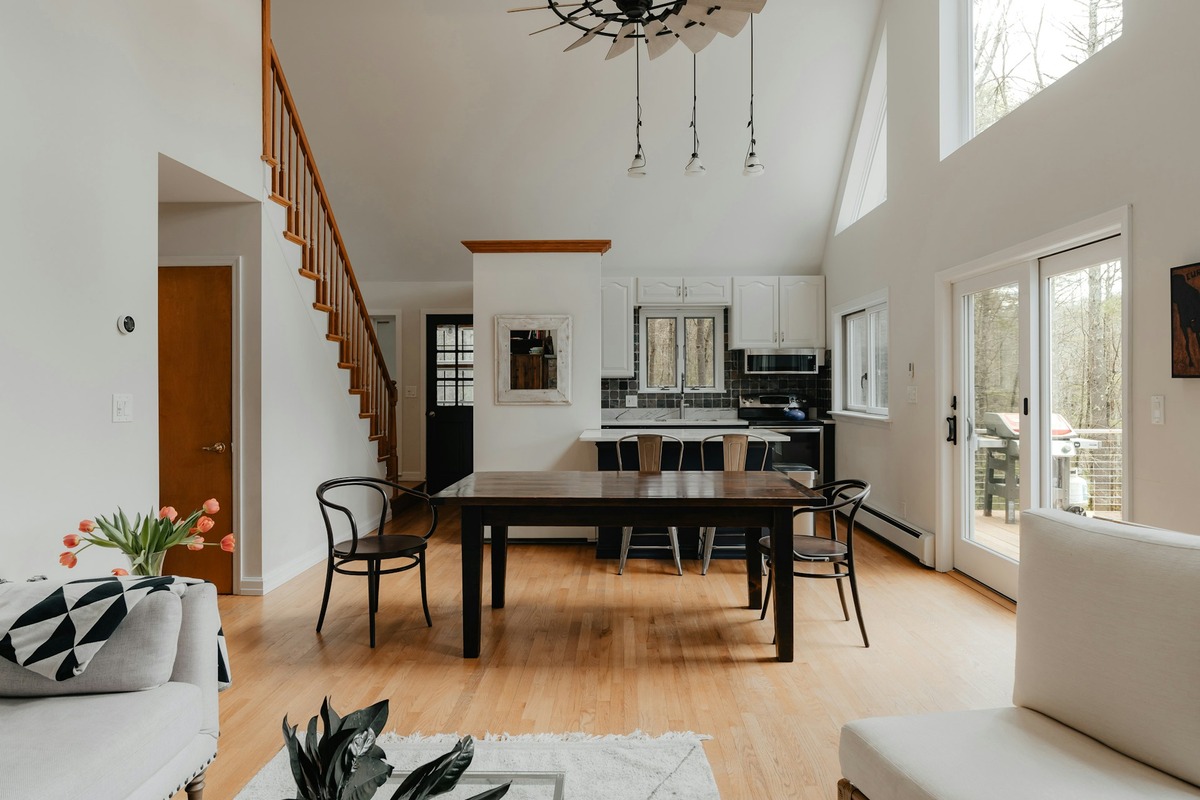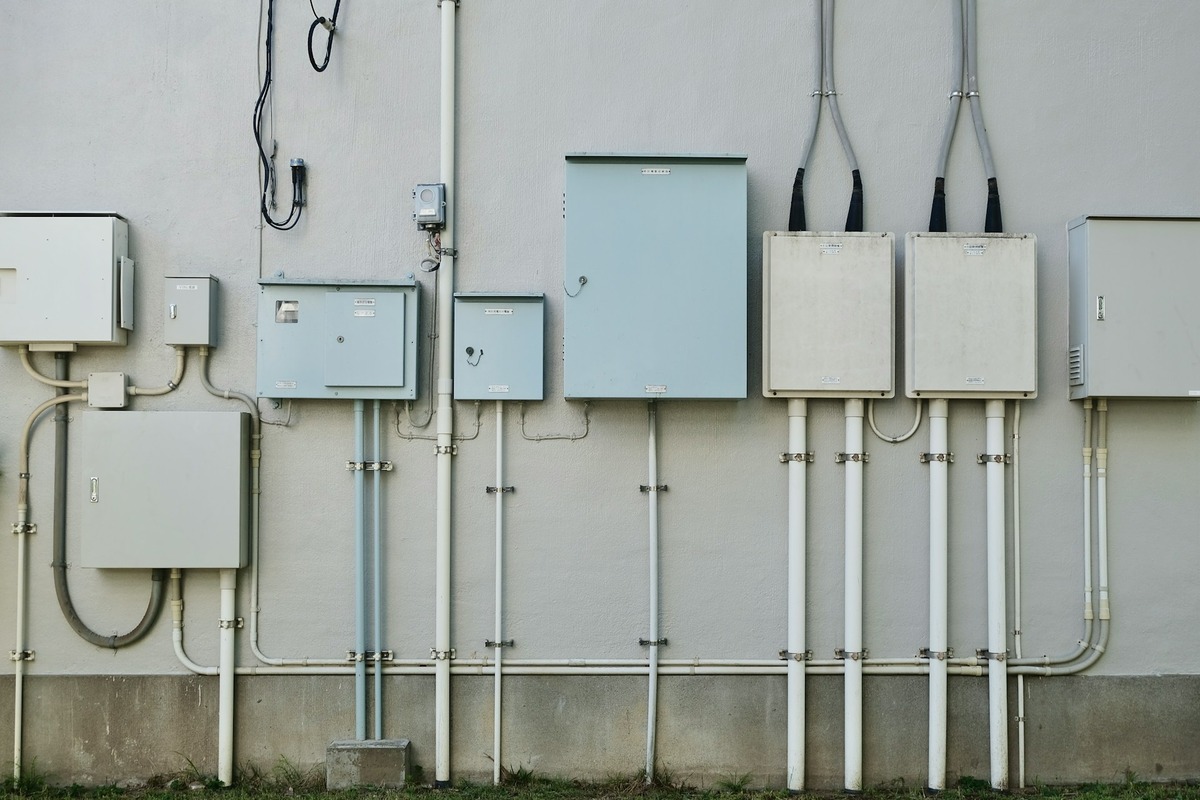Table of Contents
- Introduction to Modern Window Materials
- Key Benefits of Modern Windows
- A Closer Look at Vinyl Windows
- Energy Efficiency and Sustainability
- Enhancing Home Aesthetics with Window Design
- Cost-Effectiveness Over the Long Term
- Installation Considerations for Optimal Outcomes
- Conclusion: The Future of Window Technology
Introduction to Modern Window Materials
Windows are more than just a means to let natural light into homes; they are integral to the architectural integrity and energy efficiency of modern dwellings. With technological advancements, homeowners now have access to a wide variety of window materials that enhance both visual appeal and practical functionality. The market is overflowing with options, from traditional wood to sleek aluminum, but vinyl has emerged as a favored material for many embarking on home window replacement projects. Vinyl windows are renowned for their insulation properties, weather resistance, and minimal maintenance requirements, making them an attractive option for a variety of climates and settings.
Key Benefits of Modern Windows
Modern windows provide a multitude of benefits that extend beyond aesthetics. They enhance thermal comfort by minimizing drafts and improving insulation, which is crucial for maintaining a comfortable indoor environment year-round. Additionally, the advanced glazing options available in modern designs are pivotal in reducing noise pollution, making them ideal for homes in bustling urban areas. These windows are engineered precisely, ensuring a tight seal that limits air leakage, thus contributing to improved energy efficiency. Moreover, their versatility in design means they can be tailored to blend seamlessly with various architectural styles, ranging from contemporary to classic.
A Closer Look at Vinyl Windows
Vinyl windows have carved out a significant place in the market due to their practicality and durability. These windows are manufactured from polyvinyl chloride (PVC), a material known for its excellent thermal performance and resistance to the elements. Unlike wood, vinyl is impervious to the damaging effects of moisture and humidity, which means it won’t warp, peel, or rot over time. This makes vinyl windows particularly suitable for regions that experience extreme weather conditions. Furthermore, vinyl windows require little maintenance, freeing homeowners from the constant upkeep associated with some other materials. Simply cleaning them periodically is sufficient to retain their appearance and functionality.
Energy Efficiency and Sustainability
The role of windows in a home’s energy efficiency cannot be overstated. Energy-efficient windows are designed to help minimize heating and cooling loads, lowering energy bills and enhancing comfort. The right windows can make a considerable impact, acting as a barrier against thermal transfer, which is critical in both hot and cold climates. Modern windows often feature specialized coatings and multiple panes filled with inert gases, all of which work together to enhance their insulating properties. More details on choosing energy-efficient windows can be found in the Department of Energy’s comprehensive guide on Energy Efficient Windows. By opting for energy-conscious window designs, homeowners not only save money but also support broader environmental sustainability efforts by reducing their carbon footprints.
Enhancing Home Aesthetics with Window Design
Windows serve as a focal point in home design, drawing the eye and shaping the perception of a building’s exterior. The aesthetic potential of windows is vast, with options that cater to both bold statements and understated elegance. Double-hung, casement, and bay windows, among other styles, provide diverse possibilities for enhancing a home’s curb appeal. Additionally, the finishes and color selections allow for a personalized touch that can either complement or contrast with the existing architectural elements. Modern window designs are not only about aesthetics but also about improving the visual connection with the outdoors, often capturing picturesque views and bringing natural beauty into the living space.
Cost-Effectiveness Over the Long Term
Investing in modern windows might seem costly initially, but the long-term financial benefits usually outweigh the upfront expenses. High-quality windows can reduce energy consumption significantly, leading to lower monthly utility bills. The durability of materials like vinyl means that these windows have a longer lifespan, which reduces the need for frequent repairs or replacements. According to the Environmental Protection Agency, implementing energy-efficient improvements such as advanced windows can result in substantial savings over time. More information on these savings can be accessed in an EPA article on economic benefits. Furthermore, energy-efficient windows often qualify for tax credits and other incentives, which can further alleviate the initial investment cost.
Installation Considerations for Optimal Outcomes
The successful performance of windows relies heavily on proper installation. Even the best windows can fall short of their potential benefits if installed incorrectly. Homeowners should hire experienced professionals who can ensure a precise fit and proper sealing of the windows. Factors such as the surrounding wall construction, existing openings, and potential for air or water infiltration should be expertly managed to maximize the performance and lifespan of the windows. Proper installation is key to attaining the desired energy efficiency and aesthetic objectives, as even minor gaps can lead to drafts and moisture ingress.
Conclusion: The Future of Window Technology
The field of window technology continues to evolve, promising further innovations that will enhance their functionality and design. Future trends may focus on incorporating smart technologies such as dynamic glass that adjusts to light conditions or windows with built-in solar panels. Advances in materials science could result in the development of even more durable and efficient materials that push the boundaries of current capabilities. Homeowners and architects alike can anticipate window solutions that offer increased efficiency, customized aesthetics, and innovative functionalities that extend the boundaries of traditional window applications.





